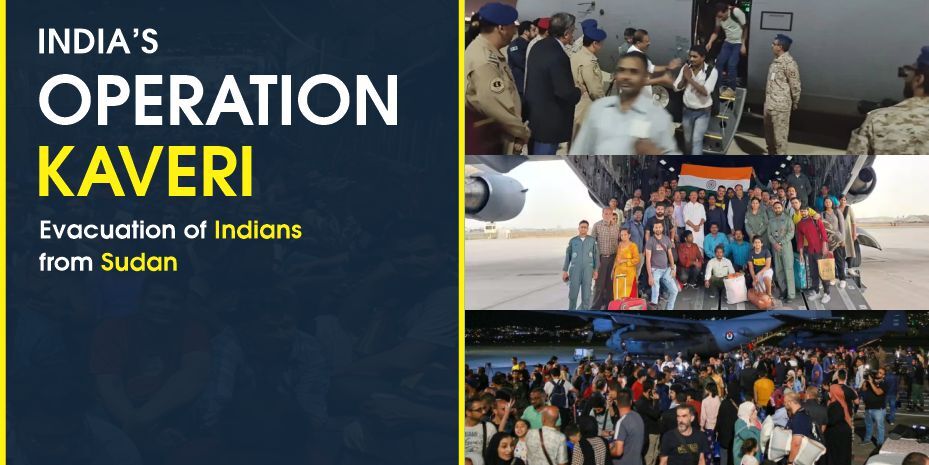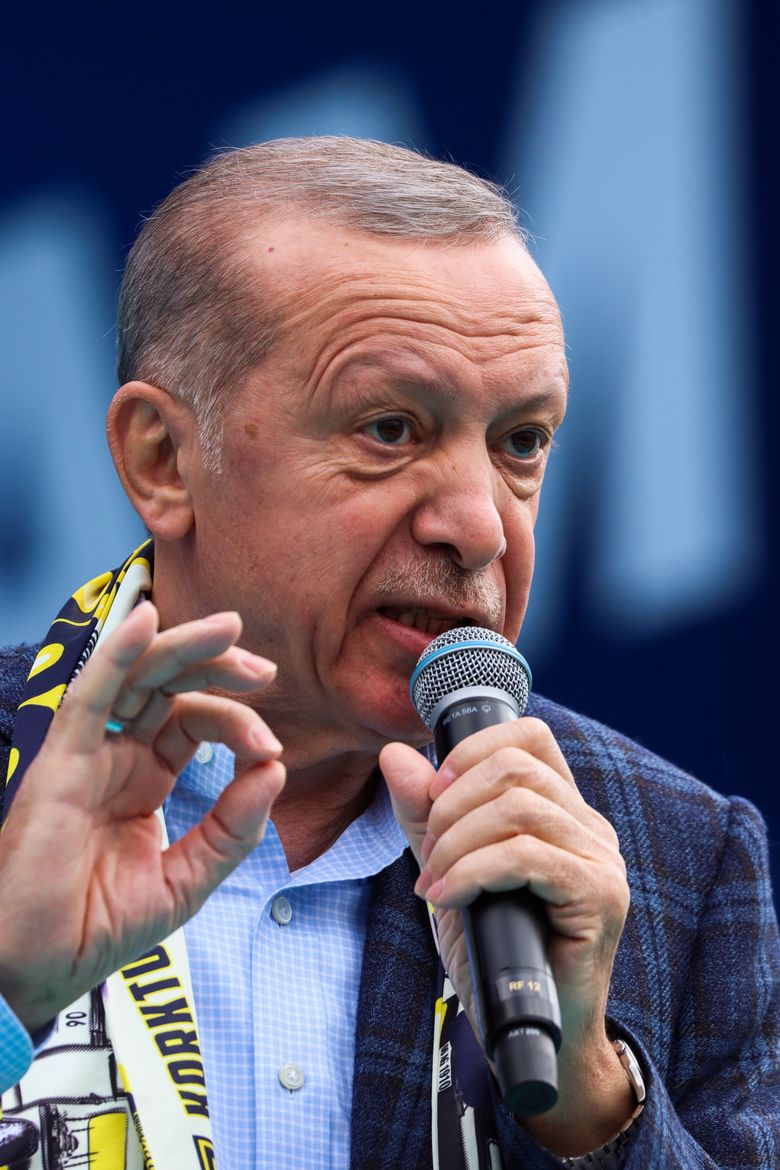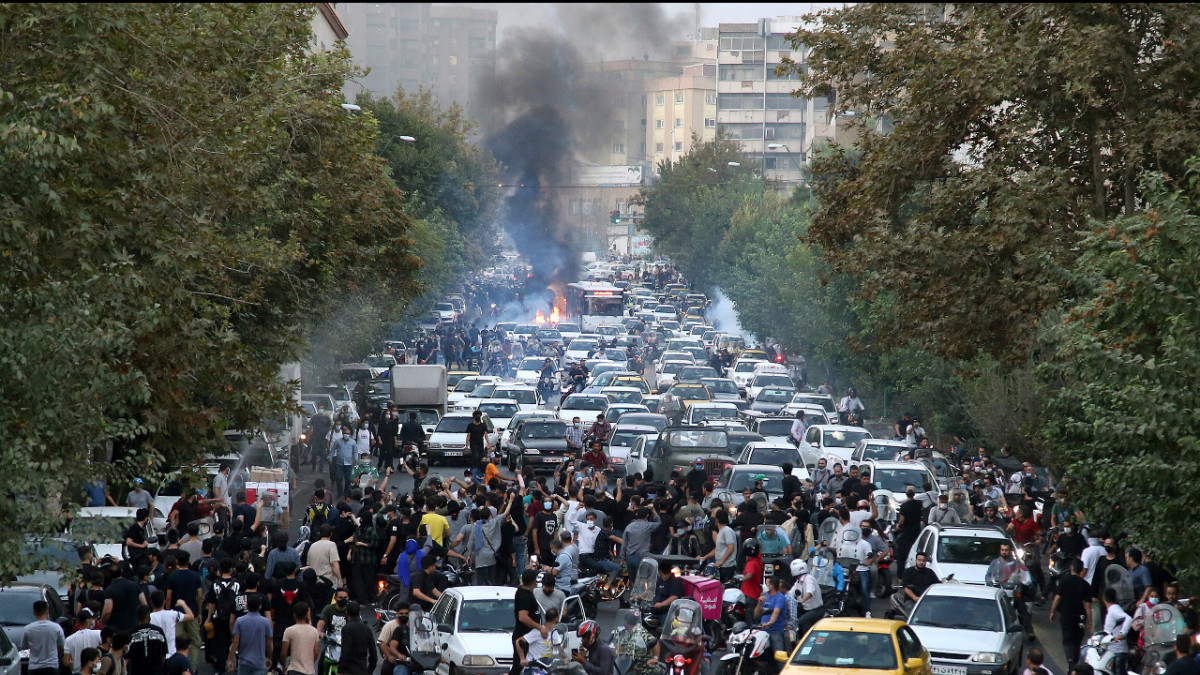It was supposed to be a peaceful transition to civil rule in Sudan, but as the country’s two top Generals wage war against one another, the North African nation is on the brink of returning to civil war, with hundreds of deaths and thousands of people leaving the country. Today, we’ll talk about the Indian evacuation operations for 3,000+ Indians caught in this crossfire, which began this week. But first, here is what happened.
Omar Al Bashir
Omar Al Bashir was Sudan’s leader for 30 years. He was an African strongman whose regime was characterized by brutality and the use of a militia known as Janjaweed that carried out mass killings in the conflict-ridden Darfur region. Bashir eventually lost control over South Sudan, which gained independence in 2011. Bashir was influential in the region, visiting India in 2015 for an India Africa conference, despite having been convicted by the International Criminal Court (ICC) for war crimes.
Abdel Fattah Al-Burhan & Mohamed Hamdan Dabalo
In 2019, two top Sudanese Generals, the head of the SAF (Sudanese Armed Forces), Abdel Fattah Al-Burhan, and the leader of the RSF (Rapid Support Forces) paramilitary group, General Mohamed Hamdan Dabalo (known as Hemedti), joined forces to support a civilian rebellion against President Omar Bashir, who was ousted and imprisoned. A civilian-military coalition then ruled Sudan. In 2021, the military overthrew the government and a power struggle began. This year, Gen Burhan announced he was starting a transition to civilian rule, scheduled for April-May, but Gen Dagalo opposed plans to merge RSF into the army. Clashes erupted, with RSF seizing airports and SAF Air Force bombing RSF bases, resulting in nearly 500 deaths and over 4,000 injuries. India joined dozens of countries in evacuation operations this week, with many countries allowing their nationals to fly out of Port Sudan directly, many on ships, and using Saudi Arabia’s Jeddah as the main evacuation hub.
Indians in Sudan
Let us now concentrate on the Indian operations for the 3,000 indians, 1 of which died due to a bullet injury. Approximately 1,000 people of indian origin migrated from the state of Saurashtra around 100 years back. Some requests are also being made from countries such as Sri Lanka to evacuate their citizens as well as from Saudi Arabia and from France.
Indian nationals who wanted to leave Khartoum were asked to register on the internet, join the message groups, and were given instructions on how to leave the city, where the fighting was at its peak. At the same time, two C130J planes were dispatched to Jeddah and three Indian Navy vessels INS Sumedha, Teg, and Tarkash were dispatched to Port Sudan.
The Indians arrived in Khartoum on buses, mostly from the Port of Sudan, accompanied by the Indian Embassy officials, after a harrowing 800 kms of fighting, and were taken on boats to Jeddah before being flown back to India on charter flights or military aircraft.







